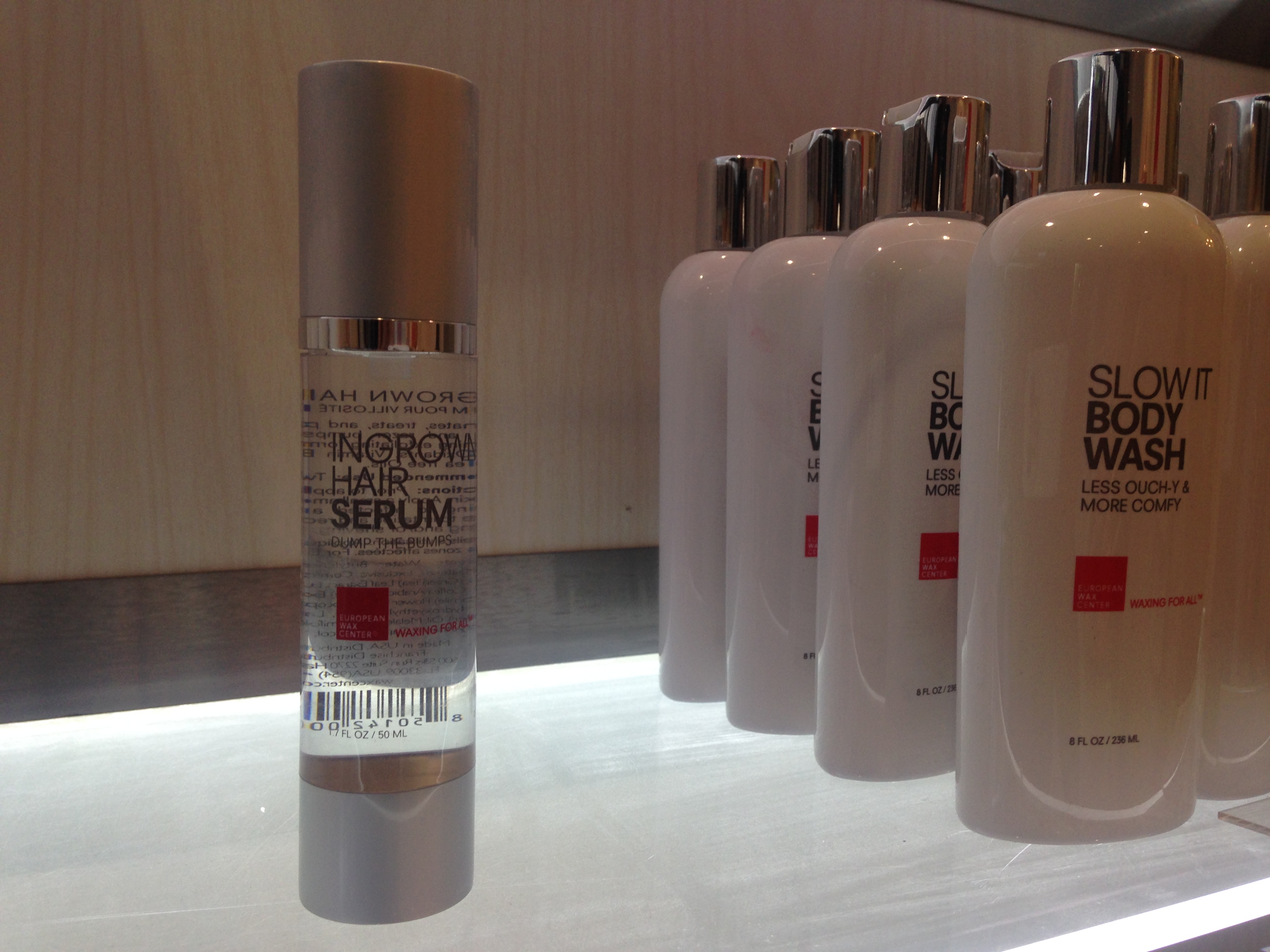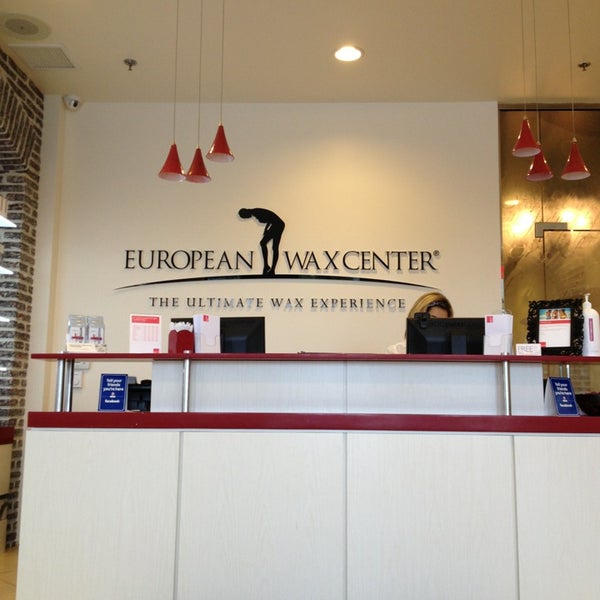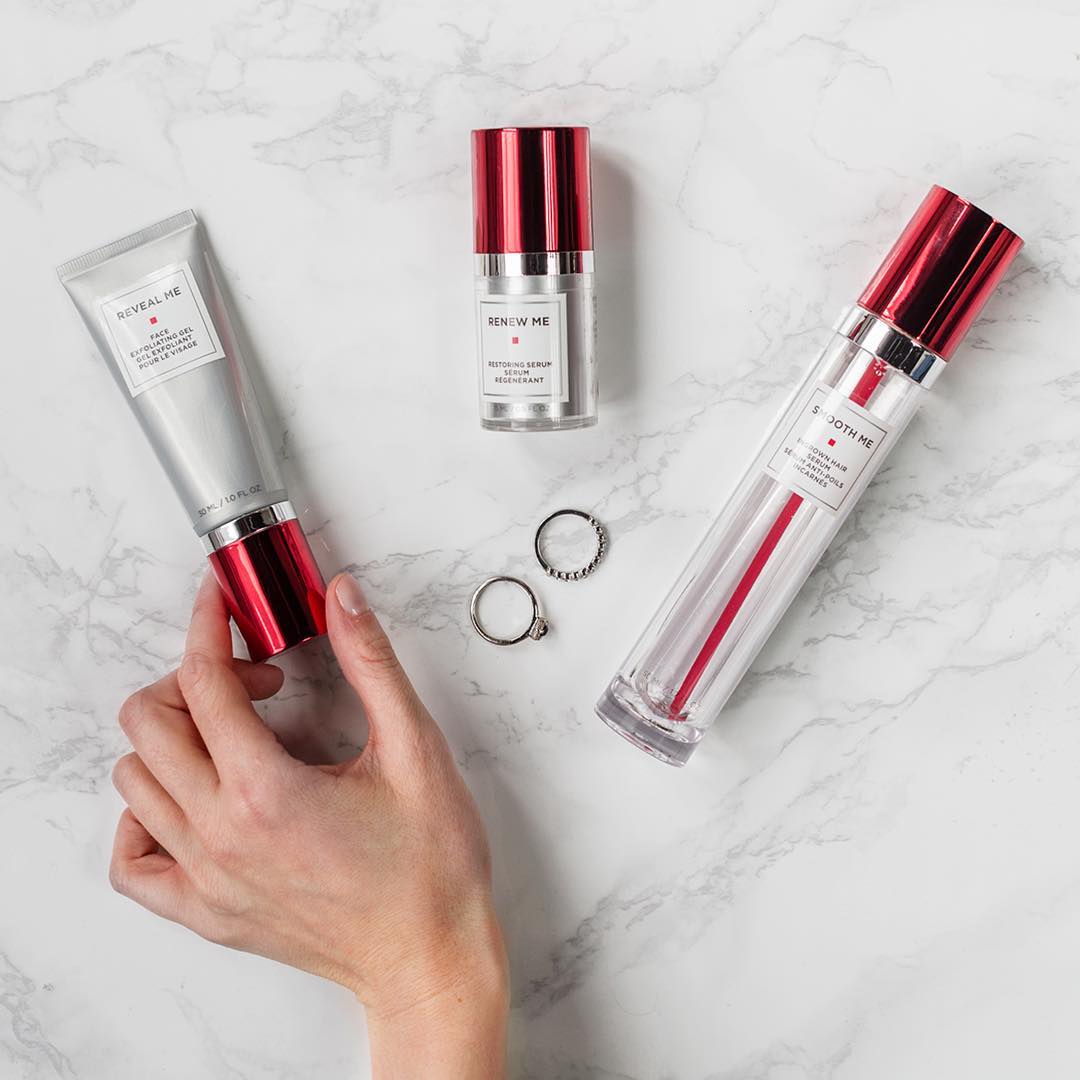

➥ Waxing is a popular technique for removing extra hair from different body parts. ➥ The term “European” is also occasionally used in home wax kits, and it doesn’t necessarily have a clear definition in these situations. ➥ It’s frequently one of many waxing options, and the distinctions might fluctuate significantly from place to place. ➥ The majority of salons have a clearer understanding of what their European option truly includes. ➥ Additionally, it just utilises a small amount of heat the wax should merely be melted without bubbling. Traditionally, wax is considered “European” if it only contains natural elements, meaning no chemicals or alcohol.

➥ The present method frequently aims to replicate those early procedures. ➥ According to several researchers, body waxing first gained popularity in the royal courts of Europe centuries ago. ➥ Waxing is no different from other cosmetic products in that there can be a lot of variation in the titles that they go by. ➥ Although procedures with the “European” name can occasionally be more expensive, customers are usually advised to ask questions and conduct preliminary research before committing based on vocabulary.
#EUROPEAN WAX SKIN#
➥ Although there is typically some discomfort, most skin care specialists concur that European techniques are typically less intrusive and uncomfortable and have reduced chances of irritability and allergic reaction. Instead, beauty professionals or regular people apply the melted substance directly to the afflicted skin and remove it either by peeling or with a single scraping motion. ➥ Furthermore, they rarely employ strips to help the wax adhere. Still, these kinds of processes generally use only all-natural ingredients and are typically relatively gently heated. ➥ What distinguishes a “European” wax from a more conventional one varies from location to location.

➥ A European wax is a cosmetic hair removal procedure that rapidly and effectively removes undesirable body hair from the root by heating wax resins.


 0 kommentar(er)
0 kommentar(er)
